15 Things Dogs Smell And You Can’t

Dogs have an extraordinary sense of smell—far beyond what humans can even comprehend. With up to 300 million olfactory receptors in their noses, compared to our mere 40 million, dogs can detect scents at concentrations nearly 100 million times lower than we can. Let’s discover 15 things dogs can smell that humans simply can’t. Swipe to find more.
Owners
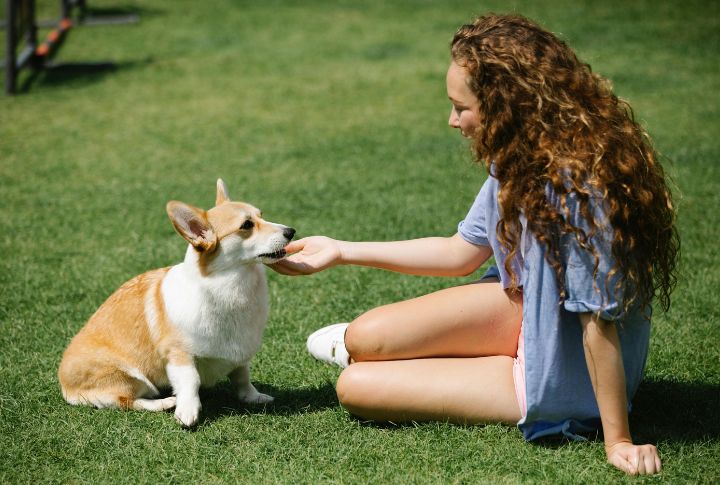
One of the most touching aspects of a dog’s sense of smell is their ability to recognize their owners from impressive distances. They can detect their owners (or a person they know) from up to 40 feet away. In optimal conditions, this ability extends even further—there have been reports of dogs smelling objects from distances exceeding 12 miles.
Cancer

Studies have shown that well-trained dogs can sniff out cancers such as breast, lung, and even skin cancer in their early stages, sometimes before they are detectable by medical tests. This life-saving skill is believed to be due to dogs’ ability to smell volatile organic compounds (VOCs) produced by cancer cells.
Diabetes

Canines can catch drops in blood sugar levels, which makes them invaluable companions for people with diabetes. When a person’s blood sugar levels fall too low, their body produces chemicals that dogs can smell. Trained diabetic alert dogs can warn their owners before they feel the symptoms and prevent dangerous hypoglycemic episodes.
Seizures

Some dogs can predict seizures before they happen, giving their owners time to get to a safe place or take medication. It’s believed that dogs can smell subtle changes in their owner’s body chemistry that occur before a seizure, although the exact mechanism is still not fully understood.
Pregnancy

Even before a woman starts showing signs of pregnancy, her dog might already know. The hormonal changes that arise during the onset of pregnancy can alter a woman’s scent. Many pregnant women notice their dogs becoming more protective or affectionate as a result.
Low Blood Pressure

Similar to their ability to detect low blood sugar, some dogs can also sense when their owner’s blood pressure drops. This ability can be particularly useful for people with conditions like orthostatic hypotension, where sudden drops in blood pressure can lead to nausea, dizziness, or fainting.
Emotional State
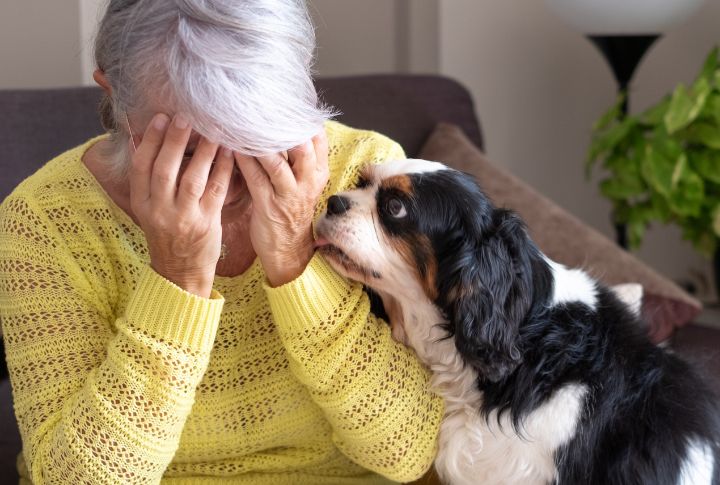
Emotions trigger changes in our body odor. While these shifts are imperceptible to humans, dogs can pick up on the chemical changes associated with different feelings, such as happiness, stress, or anger. This ability allows them to respond to our emotional state, often influencing their behavior and interactions with us.
Bacteria and Viruses
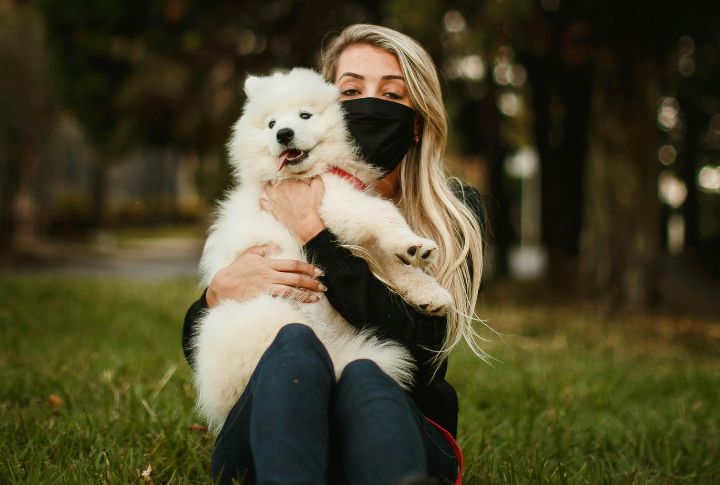
Dogs are increasingly being used in medical research and public health because they can find harmful bacteria and viruses. In hospitals, they can sniff out bacterial infections like Clostridium difficile (C. diff). Moreover, recent studies suggest they may even be able to detect the scent of viruses, such as the coronavirus responsible for COVID-19.
Explosives
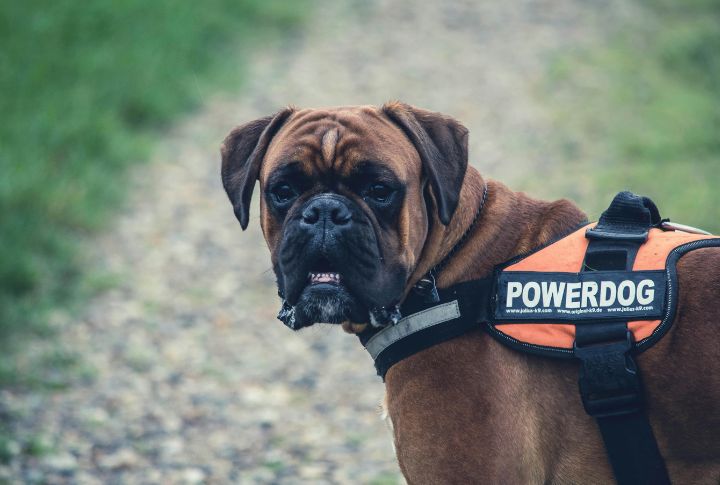
Law enforcement and military agencies have long relied on dogs to detect explosives. Dogs are trained to identify the specific chemical compounds emitted by explosives, even when masked by other odors. Their specialized nose structure allows them to analyze these scents, while their brain is highly adept at processing and identifying them.
Drugs

Drug-sniffing dogs are a common sight at airports and border crossings. Their ability to detect the smallest amounts of illegal substances makes them a powerful tool in the fight against drug trafficking. Dogs can pick up these scents when they are hidden inside vehicles, luggage, or other containers.
Human Remains

Dogs have an uncanny ability to detect human remains, whether it’s minutes after death or decades later. In some cases, they’ve even found 25-year-old skeletons buried deep within large areas. Rather than sniffing out the grave, these dogs lock onto the scent of the person—even at crime scenes—and locate buried bodies with precision.
Bed Bugs

Dogs trained to catch bed bugs can identify scents as faint as two parts per trillion. For example, Beagles are often used in this role due to their exceptional sense of smell, supported by around 200 million scent receptors. Their low-hanging ears help trap scents, which allows them to detect bed bugs and pinpoint infestations effectively.
Electronics

“Digital evidence detection dogs” are specially instructed to locate electronic storage devices that may be used in criminal activities. These devices include USB sticks, SD cards, digital cameras, hard drives, laptops, and mobile phones. They can detect the scent of tech components, which makes them important for recovering evidence.
Natural Calamities

Heightened senses enable dogs to detect natural calamities before they happen. They can sense environmental changes, such as shifts in the air, which might signal an impending event. Plus, their acute hearing allows them to pick up high-pitched sounds of rocks scraping beneath the earth, a sign that an earthquake could be on the way.
Whale Feces
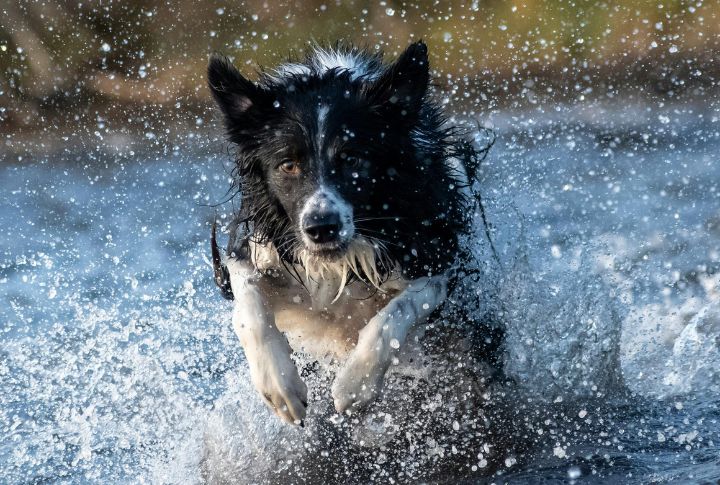
In marine research, dogs have been used to track whale populations by detecting whale feces floating on the ocean surface. This might sound unappealing, but it provides researchers with valuable information about the health and diet of whale populations without disturbing the animals themselves.




